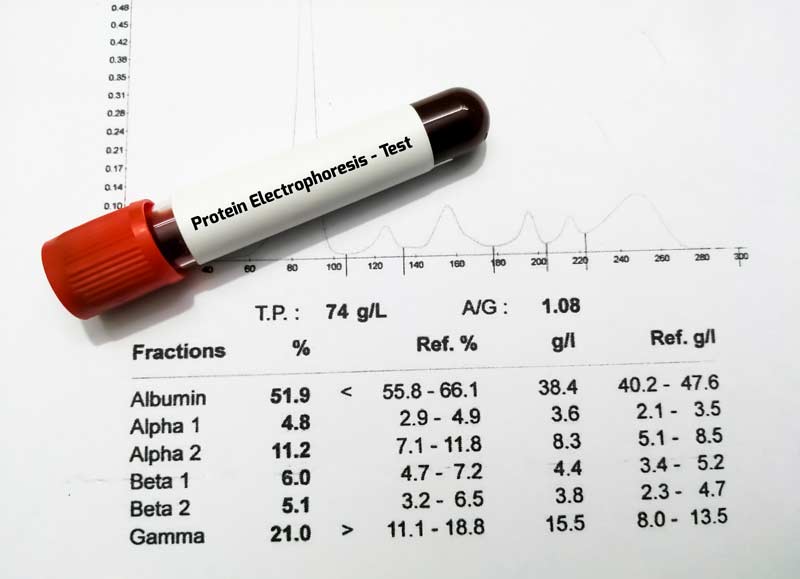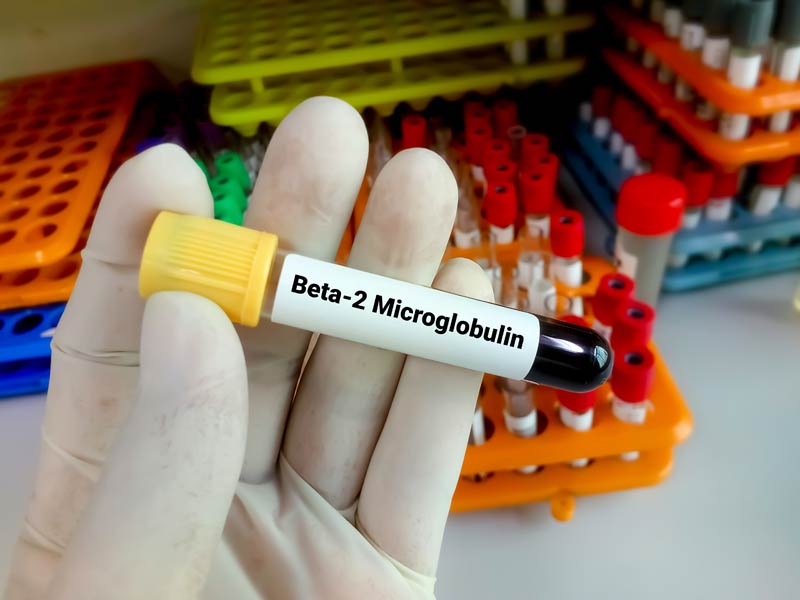King’s College Criteria for Acetaminophen Toxicity

Identification of patients who should be immediately referred for liver transplant.
Yes
No
Yes
No
Yes
No
Yes
No
Yes
No
Yes
No
| Patient’s score | Result | Comment |
|---|---|---|
| 0 | 0 | 0 |
Patients with acute liver failure should be managed in centers with expertise in caring for these patients. King’s College Criteria for Acetaminophen Toxicity could help identify patients that required liver transplantation.
The presence of one of the following should prompt a referral/transfer to a liver transplantation center:
| Arterial pH < 7.30 |
| INR > 6.5 (PT > 100 sec) |
| Creatinine > 3.4 mg/dL (300 µmol/L) |
| Grade III or IV hepatic encephalopathy • Grade – III hepatic encephalopathy – Marked confusion, incoherent speech, sleeping most of the time but arousable to vocal stimuli • Grade – IV hepatic encephalopathy – Comatose, unresponsive to pain; decorticate or decerebrate posturing |
| Lactate > 3.5 mmol/L after fluid resuscitation (<4 hrs) OR lactate > 3 mmol/L after full fluid resuscitation (12 hours) |
| Phosphate > 3.75 mg/dL (1.2 mmol/L) at 48-96 hours |
- Acidosis (admission arterial pH < 7.30) OR
- Hepatic encephalopathy (grade III or IV), AND coagulopathy (PT > 100 s), AND acute kidney injury (creatinine > 3.4 mg/dL), OR
- Hyperlactatemia (4-hour lactate > 3.5 mmol/L, or 12-hour lactate > 3.0 mmol/L), OR
- Hyperphosphatemia (48-96 hour phosphate > 3.7 mg/dL) in patients with acetaminophen-induced fulminant hepatic failure.
The King’s College Criteria (KCC) was derived from a retrospective review of 588 patients with fulminant hepatic failure (FHF) over 13 years. The predictors are slightly different based on the etiology of the FHF (acetaminophen versus other causes).
The arterial pH, hepatic encephalopathy (HE), prothrombin time, and creatinine predictors were derived from 310 acetaminophen-induced FHF patients and retrospectively validated on a separate 121 acetaminophen-induced FHF patients.
There were establish the next Sensitivity, Specificity, Predictive Accuracy for mention above indicators in predictive the necessity of the liver transplantation.
| Criteria | PPV | Sensitivity | Specificity | Predictive Accuracy |
| Arterial pH < 7.30 | 0.95 | 0.49 | 0.99 | 0.81 |
| HE + PT + Cr | 0.67 | 0.45 | 0.94 | 0.83 |
| Lactate* | 0.81 | 0.95 | 0.92 | |
| Phosphate** | 1 | 0.89 | 1 | 0.98 |
PPV = Positive predictive value; HE = Hepatic encephalopathy stage III/IV; PT = prothrombin time > 100 s; Cr = creatinine > 3.4 mg/dL
* Either lactate > 3.5 mmol/L after early resuscitation, or > 3.0 mmol/L after full resuscitation.
** Phosphate > 3.7 mg/dL between 48 – 96 hours.
Patients were transferred to King’s College Hospital at a relatively late stage (median time of 51 hours after acetaminophen ingestion) and were the most severely ill (the majority of patients were admitted with HE stages III or IV). This may have affected the predictive values of the test criteria.
In a systematic review of 14 eligible studies, the estimated overall sensitivity and specificity of the KCC for predicting mortality were 58% and 95%, respectively.
The search for earlier prognostic indicators with a higher sensitivity for poor prognosis led to investigations of α-fetoprotein, coagulation factor V, ketone body ratio, lactate and phosphate.
Lactate and phosphate concentrations were initially found to have improved predictive ability to the KCC. Subsequent studies have shown slightly inferior predictive ability compared to the KCC.
The addition of lactate or phosphate to the KCC may improve sensitivity and negative predictive value.
Serum aminotransferases and bilirubin should be monitored daily. Frequent monitoring should be performed for coagulation parameters, complete blood counts, metabolic panels, blood gases, and blood glucose. Patients should be monitored and treated for hypoglycemia, hypokalemia, and hypophosphatemia.
All patients with acetaminophen-induced hepatotoxicity should be prescibed N-acetylcysteine.
Fresh frozen plasma (FFP) is indicated only in the setting of active hemorrhage or prior to invasive procedures in coagulopathic patients. Prophylactic administration of FFP is not recommended since it does not improve mortality and can interfere with assessments of liver function.
Register on our website right now to have access to more learning materials!
Subscribe to our pages:
References
- O’Grady JG, Alexander GJ, Hayllar KM, Williams R. Early indicators of prognosis in fulminant hepatic failure. Gastroenterology. 1989 Aug;97(2):439-45. doi: 10.1016/0016-5085(89)90081-4. PMID: 2490426. https://pubmed.ncbi.nlm.nih.gov/2490426/
- Bernal W, Donaldson N, Wyncoll D, Wendon J. Blood lactate as an early predictor of outcome in paracetamol-induced acute liver failure: a cohort study. Lancet. 2002 Feb 16;359(9306):558-63. doi: 10.1016/S0140-6736(02)07743-7. PMID: 11867109. https://pubmed.ncbi.nlm.nih.gov/11867109/
- Bailey B, Amre DK, Gaudreault P. Fulminant hepatic failure secondary to acetaminophen poisoning: a systematic review and meta-analysis of prognostic criteria determining the need for liver transplantation. Crit Care Med. 2003 Jan;31(1):299-305. doi: 10.1097/00003246-200301000-00048. PMID: 12545033. https://pubmed.ncbi.nlm.nih.gov/12545033/
- Schmidt LE, Dalhoff K. Serum phosphate is an early predictor of outcome in severe acetaminophen-induced hepatotoxicity. Hepatology. 2002; 36(3):659–665. doi: 10.1053/jhep.2002.35069. https://aasldpubs.onlinelibrary.wiley.com/doi/epdf/10.1053/jhep.2002.35069
- Riordan SM, Williams R. Treatment of hepatic encephalopathy. N Engl J Med. 1997 Aug 14;337(7):473-9. doi: 10.1056/NEJM199708143370707. PMID: 9250851. https://pubmed.ncbi.nlm.nih.gov/9250851/
Baseline Cardiovascular Risk Assessment in Cancer Patients Scheduled to Receive Cardiotoxic Cancer Therapies (Anthracycline Chemotherapy) – Online Calculator
Baseline cardiovascular risk assessment in cancer patients scheduled to receive cardiotoxic cancer therapies (Anthracycline Chemotherapy)…
National Institutes of Health Stroke Scale (NIHSS) – Online calculator
The National Institutes of Health Stroke Scale (NIHSS) is a scale designed to assess the…
Charlson Comorbidity Index (CCI) Online Calculator
Charlson Comorbidity Index predicts 10-year survival in patients with multiple comorbidities.
Multiple Myeloma Diagnostic Criteria – Online Calculator
Revised Multiple Myeloma International Staging System (R-ISS) Online Calculator
Revised Multiple Myeloma International Staging System (R-ISS) – prognostication tool for myeloma patients based on…
Multiple Myeloma International Staging System (ISS) Online Calculator
Multiple Myeloma International Staging System (ISS) prognosticates the severity of multiple myeloma based on routinely…











